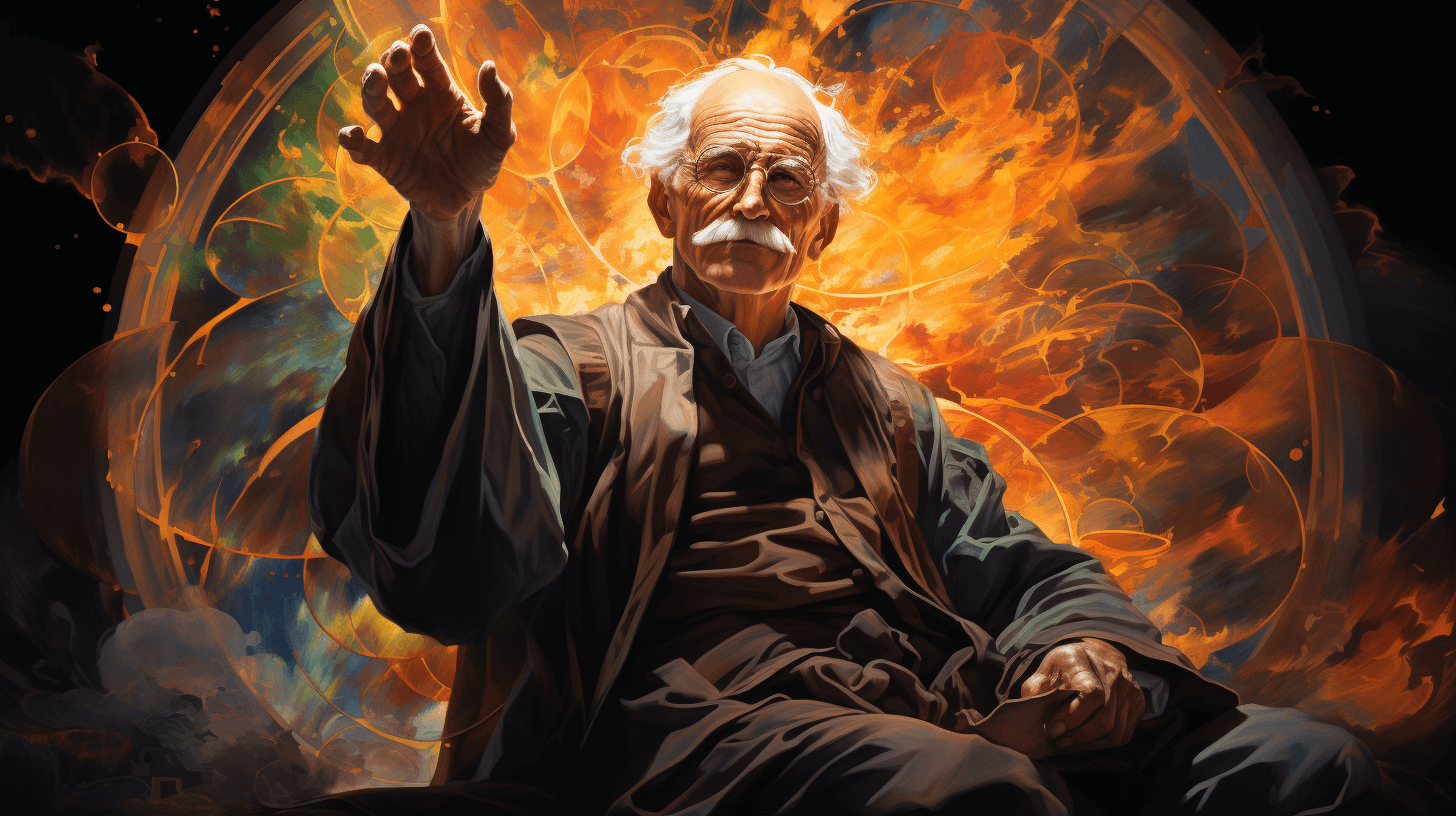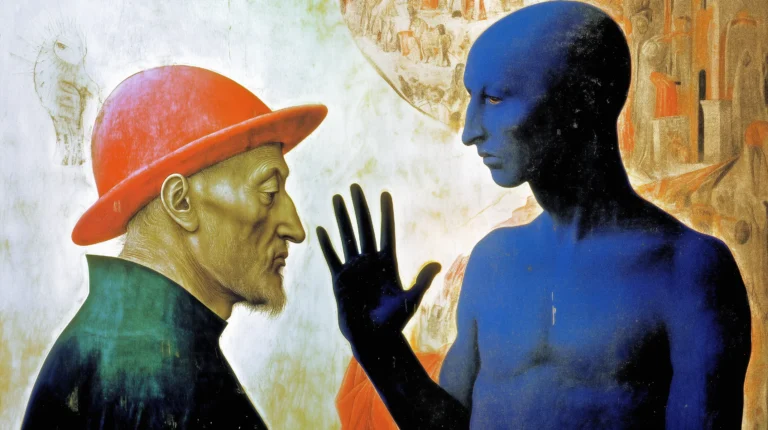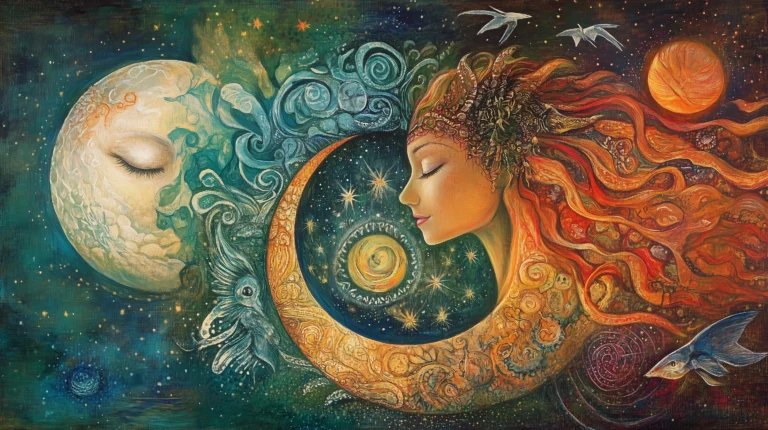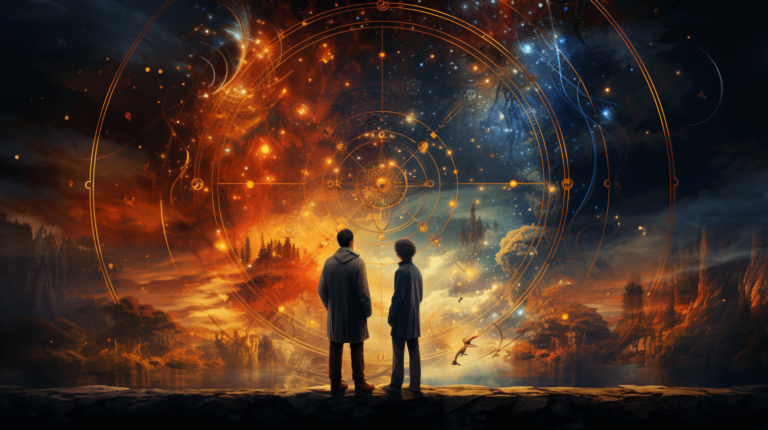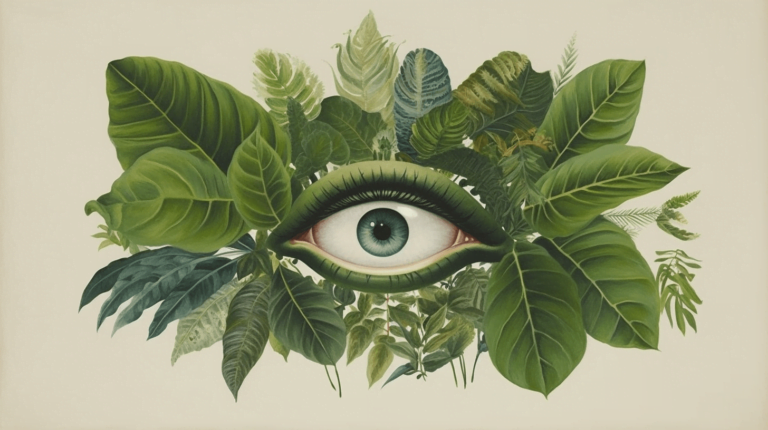A Timeless Mind: Carl Jung in the Modern World
Swiss psychiatrist Carl Jung’s theories have left an indelible imprint on psychology, providing a framework for understanding the human psyche that has resonated across decades. However, Jung’s ideas extend beyond the domain of psychology, offering insights into art, literature, religion, and culture. This article will explore the relevance of Carl Jung’s ideas in the modern world, making these concepts accessible to beginners.
Understanding the Self in a Fast-Paced World
In today’s fast-paced, hyper-connected world, the quest for self-understanding and authenticity is more relevant than ever. Jung’s concept of individuation, the process of becoming an individual, or ‘self,’ provides a valuable framework for this journey. His ideas encourage introspection, fostering a deeper understanding of one’s psyche, which can be essential in navigating the stresses and challenges of contemporary life.
The Collective Unconscious and Cultural Trends
Jung’s idea of the collective unconscious, the part of the unconscious mind that contains shared human experiences and ideas, provides a lens through which to view societal and cultural trends. The archetypes, or universal mental images, residing in the collective unconscious, find expression in contemporary media, art, and literature.
For example, common characters or themes such as the Hero’s Journey or the Wise Old Man that permeate popular movies and literature can be understood as manifestations of these archetypes.
Religion and Spirituality in a Secular Age
Even as society becomes increasingly secular, the spiritual and religious needs that Jung highlighted remain significant. Jung’s psychological interpretation of religious and spiritual experiences offers a bridge between traditional religious beliefs and modern psychological understanding.
His ideas provide a pathway for exploring spirituality in a personal and experiential way, promoting psychological health and wholeness without the need for adherence to specific religious dogmas.
Dreams and the Unconscious in the Era of Neuroscience
With advancements in neuroscience and technology, our understanding of dreams and the unconscious mind continues to expand. However, Jung’s view of dreams as windows into the unconscious mind retains its relevance. His approach to dream analysis, focusing on the symbolic and personal significance of dream content, provides a complementary perspective to modern neuroscientific findings.
Jung’s Influence on Pop Culture
Carl Jung’s theories extend their influence far beyond the realm of psychology, deeply permeating popular culture. The notion of archetypes is a prime example. These universal symbols and themes that emerge from the collective unconscious have become foundational structures in storytelling and media.
In cinema and literature, we frequently witness the portrayal of archetypal characters like the Hero, the Mentor, or the Shadow, and narratives often follow the archetypal pattern of the Hero’s Journey. For example, the Star Wars saga’s success is partly due to its deep resonance with archetypal themes and characters, appealing to the collective unconscious of its audience.
Moreover, Jung’s psychological types have influenced the development of popular personality models like the Myers-Briggs Type Indicator (MBTI). The popularity of such personality tests in modern culture speaks to our enduring fascination with understanding and categorizing human behavior, a fascination that Jung was instrumental in fostering.
Applying Jung’s Theories in Everyday Life
Jung’s ideas are not confined to therapy rooms or academic discussions; they are profoundly relevant to everyday life. His concept of individuation encourages us to confront and integrate the various aspects of our psyche, promoting a holistic understanding of oneself. This pursuit of self-understanding and authenticity can guide personal growth and interpersonal relationships.
Jung’s perspectives on dreams encourage us to see them not as random neural firings, but as meaningful, symbolic communications from our unconscious mind. This perspective can enrich our understanding of our inner world and promote self-discovery.
Additionally, his approach to religion and spirituality can help individuals navigate their spiritual paths in a personal and experiential way, even in a secular context. By understanding religious symbols and rituals as expressions of deep psychological processes, we can approach spirituality in a way that promotes psychological integration and wholeness.
Concluding Thoughts
Carl Jung’s ideas continue to resonate in the modern world, offering valuable insights into self-understanding, cultural trends, spirituality, and the exploration of the unconscious mind. His work fosters a holistic view of the human psyche that incorporates both the personal and the collective, the conscious and the unconscious.
In a world increasingly driven by data and technology, Jung reminds us of the importance of introspection, symbolism, and the exploration of the unseen aspects of our psyche. His theories continue to serve as valuable tools in our ongoing quest to understand ourselves and the world we inhabit.
In a modern world often dominated by empirical data and observable phenomena, Carl Jung’s theories provide a crucial counterbalance. They remind us of the importance of the unseen, the symbolic, and the subjective in our understanding of the human experience. Jung’s ideas continue to resonate in our collective consciousness, influencing not only psychology but art, literature, pop culture, and our daily lives.
Jung’s work offers a profound exploration of the depths of the human psyche, illuminating our understanding of ourselves and the world around us. By engaging with his theories, we can foster a richer, more nuanced understanding of our experiences, navigate our personal journeys of individuation, and better appreciate the symbolic dimensions of our culture and our lives.

